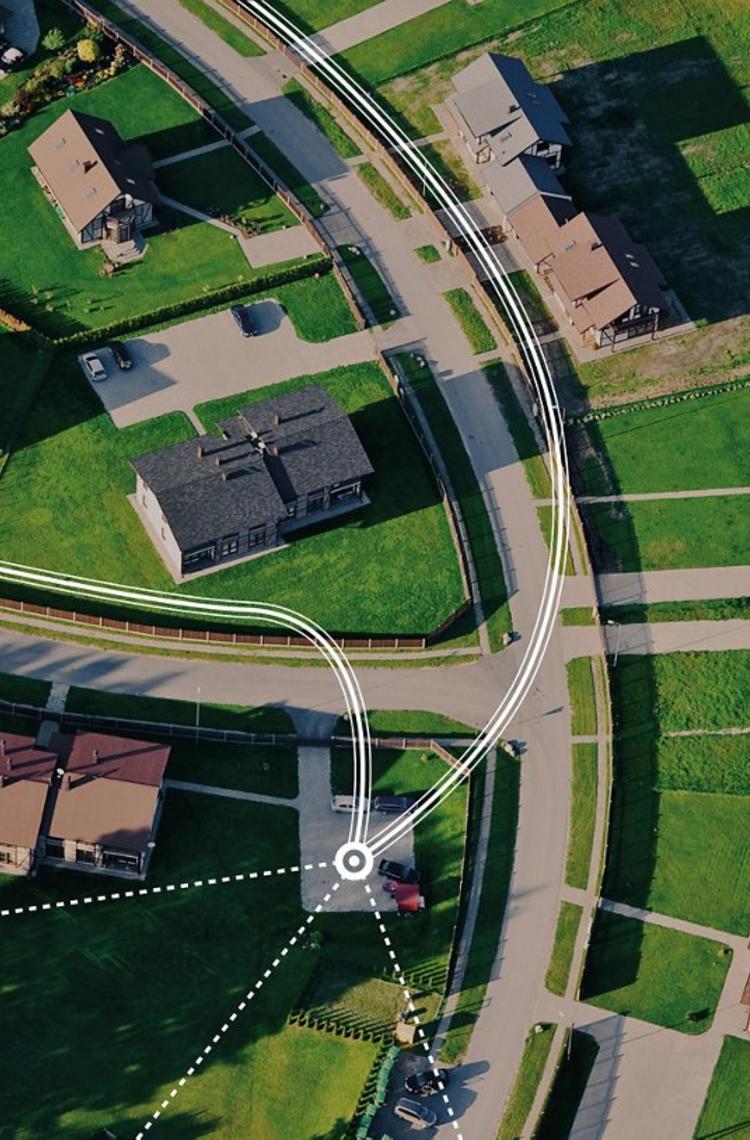The emergence of new aerial vehicles—like drones and flying taxis—and new aircraft operations is changing the way we configure and manage our skies. Unmanned Traffic Management (UTM) is now a critical component to enabling these new aerial vehicles to safely enter and share our airspace.
Today’s airspace is busier than ever. According to flight aviation data company FlightAware, over 1.2 million people are airborne around the world at any given moment—that is more than the populations of San Francisco or Stockholm!
And thanks to advanced technologies, new types of aerial vehicles are now being developed—and are entering our skies at record speeds. These vehicles have new shapes and capabilities, and operate at much lower altitudes, all of which current airspace was not designed to handle. For example, small cargo drones are already moving packages faster and more efficiently from ship to shore. And electric vertical take-off and landing (eVTOL) vehicles are showing great promise to eventually transport people from A to B within cities in minutes instead of hours.
But how can these new aerial vehicles—most of which are unmanned (i.e. pilotless)—be safely introduced into current airspace? And how can they co-exist with each other and current airspace users, as well as with future uses that have not yet been defined?
The answers to these questions are currently being investigated, with digitalisation and autonomy poised to play a key role in modernising and safely managing our future airspace.
What is UTM? The Future of Digital Air Traffic Management
Airbus UTM
The future of digital air traffic management
Modernising traffic management with UTM
Today, aircraft are guided safely by air traffic controllers communicating with pilots via radio, a system known as air traffic management (ATM). This direct, point-to-point, line-of-sight communication between an operator and an aircraft is the industry’s standard mode of operation. But estimates show that the growth of commercial air traffic is will ultimately exceed the capacity of a human-centred system—and this is just for human-piloted flights.
As unmanned and self-piloted operations continue to multiply, ATM systems will need to shift to a more scalable model: a digital system that can monitor and manage increased activity. This system is called Unmanned Traffic Management (UTM), or a networked collection of services that communicate together based on common rules. Rather than relying on centralised control, UTM frameworks around the world will use the principle of distributed authority, which opens up the system to more service providers who can adapt as the market evolves and needs change.
Real UTM services are already starting to be implemented. The system we’ve put in place today and over the next few years will be the one that’s in place for decades to come. It will affect the next generation of people using the air traffic control system.
- Joe Polastre, Airbus UTM, Head of UTM Products
In practice, UTM means aircraft will no longer have to speak to a single entity, such as an assigned air traffic controller. Instead, it will be able to communicate freely with multiple service suppliers. These suppliers will be held to relevant safety, security and performance standards by authorities, and will be able to coordinate with the rest of the network to make efficient decisions based on specific flight objectives. The transition will be gradual, but one that is important for the global aviation system’s future viability.
The next generation of air traffic management
Around the world, the underlying principles of and approaches to UTM frameworks in development are very similar. In Europe, that system, which is expected to roll out in 2020, is provided by U-Space (SESAR). And in the US, NASA is developing a private model known as Unmanned Aircraft Systems Service Suppliers, which are certified by the Federal Aviation Administration (FAA).
Airbus UTM, the group within Airbus responsible for developing this digital traffic management infrastructure, is already building solutions to contribute to these UTM frameworks. It is an approved FAA LAANC (Low Altitude Authorisation and Navigation Capability) service provider in the US, which means that Airbus UTM can provide FAA authorisations for unmanned aircraft system flights near airports.
According to Joe Polastre, Airbus UTM Head of UTM Products, the full transition to a UTM system will progress via small steps. This includes implementing small applications and getting feedback on their viability, which will enable the industry to scale up the service over the long term.
“Real UTM services are already starting to be implemented,” Joe says. “The system we’ve put in place today and over the next few years will be the one that’s in place for decades to come. It will affect the next generation of people using the air traffic control system.”
Read more news
Continue Reading

Driving innovation at Airbus Helicopters
Web Story
Helicopters
Denis Descheemaeker, Head of Research and Innovation, reveals how Airbus Helicopters is driving innovation.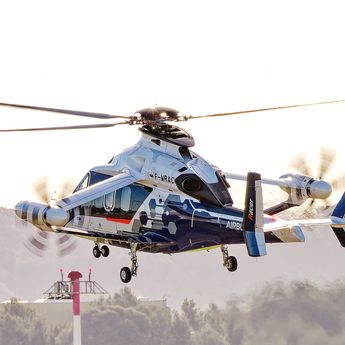
The Racer is a real winner!
Web Story
Helicopters
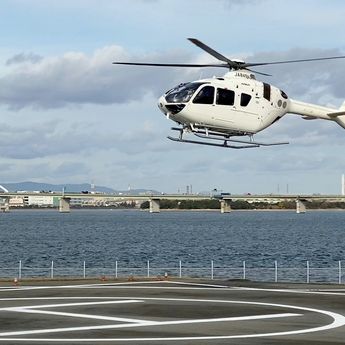
Advancing eVTOL operations in Japan
Web Story
Helicopters
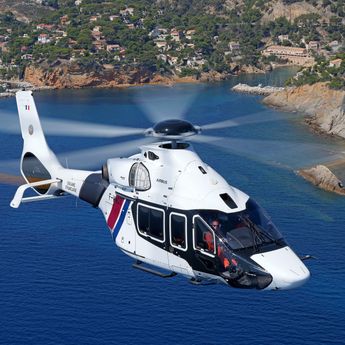
Keeping it down while up in the sky
Web Story
Helicopters
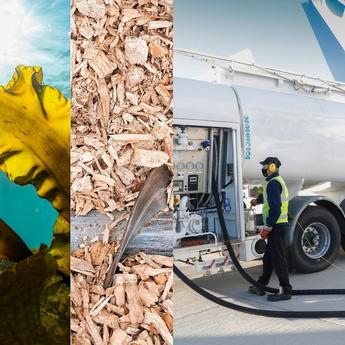
Airbus is raising the bar for sustainable aviation fuel
Web Story
Sustainability
